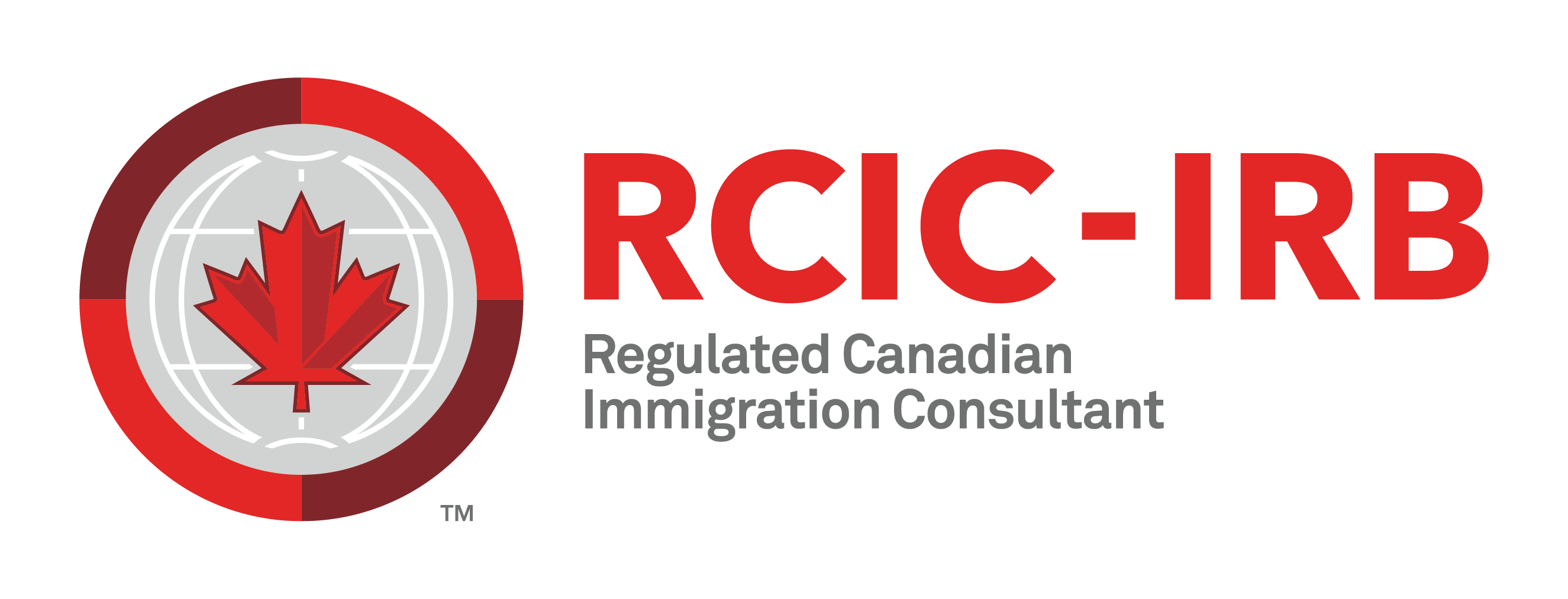To better their lives, immigrants consider Canada one of the most attractive countries. With some of the best provisions for healthcare, education, safety, and job opportunities, people strive for Canadian permanent residency (PR). An LMIA from Canada is now inherently critical for some applicants regarding their eligibility and the opportunity of success in the application. Let us now simplistically explain both.
What is Canadian Permanent Residency?
Canadian permanent residency means you have the legal right to live and work anywhere in Canada, essentially forever, without becoming a Canadian citizen.
Key Benefits:
- Live and work anywhere in Canada
- Access to free healthcare and education
- Apply for Canadian citizenship after 3–5 years
- Sponsor eligible family members
- Travel freely in and out of Canada
PR holders have most rights of citizens, except voting and certain government jobs.
Main Pathways to Canadian PR
There are several immigration programs to apply for Canadian PR.
Top Options:
- Express Entry (skilled workers)
- Provincial Nominee Program (PNP)
- Family Sponsorship
- Quebec Skilled Worker Program
- Start-Up Visa
- Atlantic Immigration Program
An LMIA can strengthen many of these applications.
What is the LMIA of Canada?
To hire foreign workers under the Temporary Foreign Worker Program (TFWP), Canadian employers would have to acquire a Labour Market Impact Assessment (LMIA), which would act as a document.
Purpose:
- Proves no Canadian citizen or PR is available for the job
- Required for some PR programs and work permits
- Shows hiring a foreign worker won’t negatively affect the labor market
A positive LMIA of Canada helps foreign workers qualify for PR and boosts their application strength.
When is an LMIA Needed?
LMIA of Canada is typically required when:
- A foreign worker is hired under the TFWP
- An employer wants to support PR through a job offer
- Applying through some employer-linked Provincial Nominee Programs (PNPs)
- Seeking CRS (Comprehensive Ranking System) points under Express Entry
LMIA is Not Always Required
Not all PR applicants need an LMIA. It is not needed for:
- Canadian Experience Class (CEC) without a job offer
- International Mobility Program (IMP) jobs
- Spouses of skilled workers or students
- Post-Graduate Work Permit (PGWP) holders
- Open work permit holders
Check whether your program needs an LMIA before applying.
How to Use LMIA for Canadian PR
Here’s a step-by-step breakdown:
- Get a job offer from a Canadian employer
- Employer applies for an LMIA through ESDC
- Receive a positive LMIA (2–8 weeks)
- Use the LMIA-supported job offer in your Express Entry profile
- Gain extra CRS points
- Receive Invitation to Apply (ITA)
- Submit a full PR application
- Wait for PR approval (typically 6–8 months)
Processing Time
Processing time: 2 to 8 weeks, depending on the job and location
PR application after ITA: 6 to 8 months for most Express Entry cases
Important Tips
- Not all employers are eligible to get an LMIA
- An LMIA is job-specific and employer-specific
- Always ensure the job offer is genuine and meets IRCC requirements
- Fake or fraudulent LMIA offers can lead to bans or rejections
If in doubt, consult a licensed immigration consultant.
Frequently Asked Questions
What is the difference between a work permit and PR?
The essence of a work permit lies in its kind of temporary duality and its inherent connection to a particular job; on the other side, PR lets a holder live and work in Canada on a permanent basis.
Is an LMIA required for Canadian PR?
Not all the time. It depends on the PR stream under which you file your PR application. Express Entry and sometimes the PNPs require it.
Is PR applicable with just a job offer?
A job offer helps, but it is not always essential. Yet, a job offer accompanied by an LMIA complements the Express Entry with extra points.
Who makes an application for an LMIA?
A Canadian employer makes an application to Employment and Social Development Canada (ESDC).
Can I switch jobs after getting PR through LMIA?
Yes. After receiving PR, you can work for any employer in Canada. LMIA binds you to an employer only during the work permit stage.
Conclusion
Canadian permanent residency opens doors for a stable and prosperous life. While plenty of ways to apply exist, having a valid offer of employment supported by a positive LMIA of Canada can enhance your chances. It not only increases your Express Entry points but also demonstrates a well-developed linkage with the Canadian labor market.
Make sure to follow the right steps, only use verified employers, and seek guidance from a licensed immigration professional if required. With the right strategy and support, you will soon be living in Canada.




